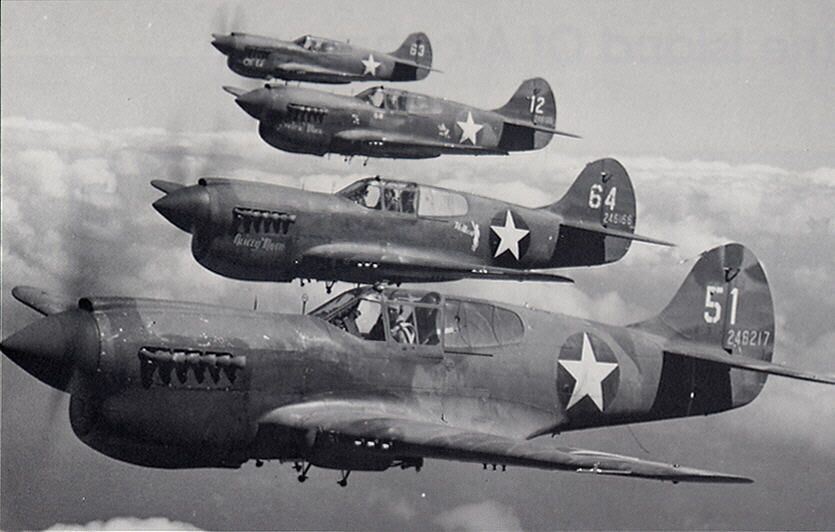WWII Movies Made in the 1940s That Inspired a Generation

WWII movies made in the 1940s weren’t all just gloom and doom. From romantic dramas to knee-slapping comedies, this wartime era produced some of the most timeless films still enjoyed today. Suffering from a loss of international audiences, Hollywood struggled through the early 1940s, but later found traction as the war years progressed and movie making technology advanced.
In 1942, the American government established the Office of War Information to spread propaganda and increase awareness to civilians throughout the war years. The OWI relied heavily on newspapers, propaganda posters, photography and Hollywood as tools to coordinate its efforts. As a result, many high-profile films also tied war components into their story lines.
Do you recognize some of these WWII movies made in the 1940s that made it big?
Casablanca

Even those who have never been to Morocco will instantly recognize the name Casablanca. A romantic drama from 1942, Casablanca starred an A-list cast and revolves around an American expat in the Moroccan city of Casablanca. He must choose between his love interest and defeating the Nazis. Although the Warner Brothers’ Studio believed the film wouldn’t be anything spectacular, it catapulted into world-renowned popularity and remains an icon of its time.
Surprisingly, no scenes of Casablanca were filmed in the exotic locations that it starred. In fact, the entire production took place within California. In the end, the film won three out of the eight Oscars that it was nominated for. It holds an Academy Award for Best Picture as well.
You Natzy Spy!

The Three Stooges brought much welcomed and lighthearted comedy in a time of tension and violence. In You Natzy Spy, Moe, Larry, and Curly satirize Nazi Germany. They also build awareness of the growing threat of the Third Reich before the United States became directly involved in the war. The short film was released in 1940 and was allegedly the first Hollywood work to publicly mock Hitler (who Moe played).
Months later, Charlie Chaplin starred as Adolf in the more recognizable film, The Great Dictator. Because Isolationism was still the general American approach at this time, any film openly stirring any kind of biased opinion on the war wasn’t too popular. The Stooges set off a movement that would later grow as the U.S became involved in the war.
Why We Fight

Why We Fight was a bit different than the usual WWII movies made in the 1940s. It was a series of seven propaganda films purely meant to convince the American public of the country’s rightful involvement in the war. Commissioned by the U.S. government, the series used a mix of re-purposed enemy footage and newly created scenes for the project. Even Disney had a hand in the making of the series, helping out with animations.
The film series’ director was Frank Capra, who was surprisingly also the man responsible for It’s a Wonderful Life. Certainly a stark contrast to the violence and war portrayed in Why We Fight! A further interesting connection circles back to another film of the era. The original script writers for Casablanca, brothers Julius and Philip G. Epstein, left the romantic drama project early on to instead work on Why We Fight. Why We Fight is now available for free on the web, if you’re looking to dip back in time for a bit.
Mrs. Miniver

Mrs. Miniver was a 1943 Academy Award winner for Best Picture, and based on a 1940 romantic drama novel with the same name. Although an American production, the film depicts the life of an average, middle-class British family during a time when the United Kingdom was on the brink of a Nazi invasion. Even before its war involvement, the United States sympathized with Britain. The British Isles were directly affected by the violence breaking out across Europe. As a result, Mrs. Miniver was a huge hit with American viewers.
The story’s plot revolves around a strong housewife, who finds the battlefront sneaking into her own backyard. Mrs. Miniver discovers a wounded German pilot hidden in her garden, participates in a flower show with an impending air raid, and hides with her family in a bomb shelter to avoid Luftwaffe attacks. The film’s message was so moving that Winston Churchill said that its propaganda value was “worth a dozen battleships.”
The Negro Soldier

The U.S. government produced The Negro Soldier as yet another propaganda documentary in the final years of the war. Frank Capra was also responsible for this piece after Why We Fight had great success. However, the screenwriter was Carlton Moss, a noteworthy African-American director and actor, who played an important role in creating several documentaries about African-American history.
The Negro Soldier targeted African-American men to enlist in the war and also called for racial harmony among soldiers. The film flickers through African-American men’s contributions to American military history. It starts with the founding of the country and the Boston Massacre. While most WWII movies made in the 1940s strictly starred White actors, this film was one of few that spoke out to an often ignored part of the population.
The Purple Heart

Although many World War II movies explored rising tensions with Nazi Germany, The Purple Heart showcases the Pacific front. The film deals with the Japanese treatment of POWs and loosely recounts the tale of those involved in the Doolittle Raid. Released shortly after the Pearl Harbor attack, the film hits a raw nerve as the war against Japan was boiling up. Even as fiction, The Purple Heart manages to depict the Japanese in as negative and racist a light as possible. Ultimately, the film served as propaganda to instill anti-Japanese sentiments in American civilians and justify the military’s killing of Japanese citizens.
